Breaking new ground in ortho technology
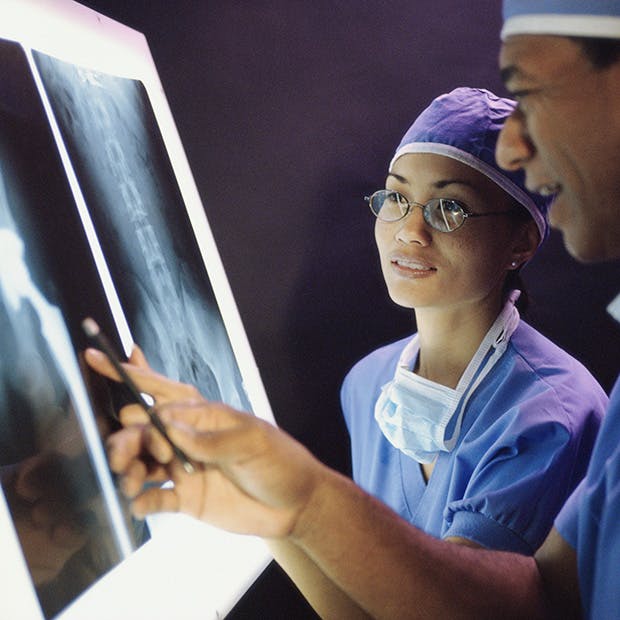
Bone-like modulus
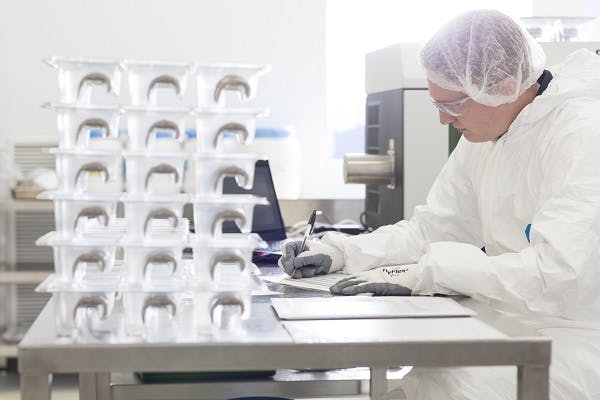
Bicompatibility
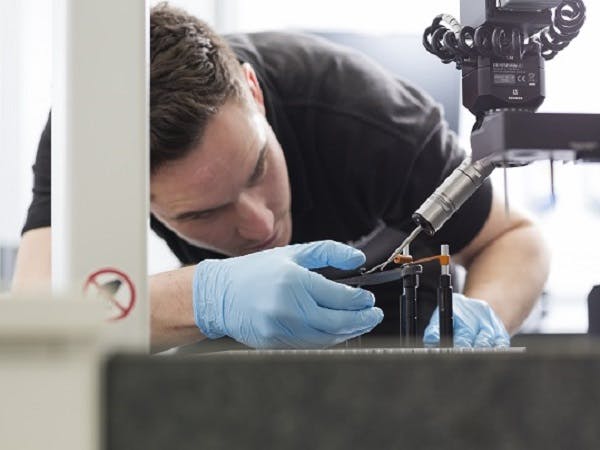
Wear performance
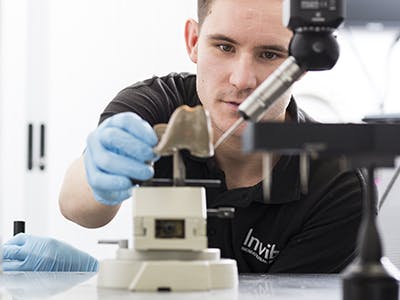

Bone-like modulus

Bicompatibility

Wear performance

Ready to evaluate PEEK-OPTIMATM polymers for your next device?
Applications
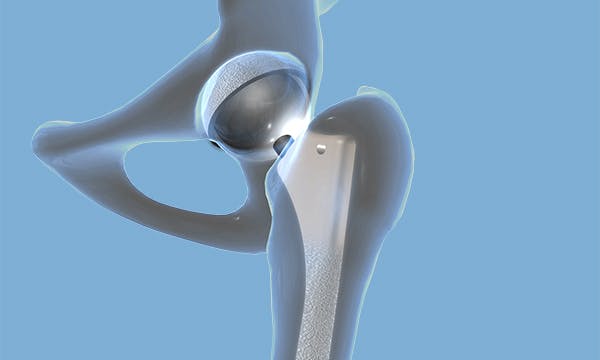
Our durable biomaterial, PEEK-OPTIMATM Wear Performance, addresses the need for new, longer-lasting designs for younger and more active patients. Excellent wear resistance and exceptional structural strength make it an ideal choice for hip cups that support bone-conserving concepts.4-6 Benefits include:

Tibial and femoral interference screw systems made from PEEK-OPTIMATM polymers provide many structural properties needed when designing the next generation fixation system:
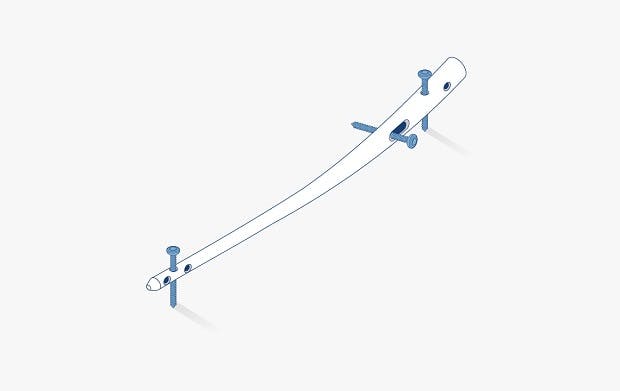

References
1.Rho, JY et al (1993). “Young’s modulus of trabecular and cortical bone material: Ultrasonic and microtensile measurements”. Journal of Biomechanics 26 (2); 111–119
2.Supportive information available on request.
3.T.M. Grupp, A. Giurea, R.K. Miehlke, M. Hintner, M. Gaisser, C. Schilling, J. Schwiesau, C. Kaddick (2013). Biotribology of a new bearing material combination in a rotating hinge knee articulation. Acta Biomater. 2013 Jun;9(6):7054-63. doi: 0.1016/j.actbio.2013.02.030
4.Scholes, S. C., Inman, I. A., Unsworth, A., Jones, E. Tribological assessment of a flexible carbon-fiber-reinforced poly (ether-ether-ketone) acetabular cup articulating against an alumina femoral head. Proc. Instn. Mech. Engrs. Part H, Journal of Engineering in Medicine, Vol. 222, Number 3, 2008, pp. 273-283(11).
5.Scholes, S. C. and Unsworth, A. Pitch-based carbon-fiber-reinforced poly (ether–ether–ketone) OPTIMA™ assessed as a bearing material in a mobile bearing unicondylar knee joint. Proc. Instn. Mech. Engrs. Part H, Journal of Engineering in Medicine, Vol. 223, H1, 2009, pp. 13-26.
6.Pace, N., Spurio, S., Pavan, L., Rizzuto, G., and Strecher, R.M. Clinical Trial of a New CF-PEEK Acetabular Insert in Hip Arthroscopy. Abstracts from the European Hip Society 2002 Domestic Meeting.

From the invention of PEEK over 40 years ago, Victrex has continually pioneered new PAEK-based polymers, materials and solutions that have transformed markets, delivering global impact in the toughest environments.
We bring transformational & sustainable solutions that address world material challenges every day.